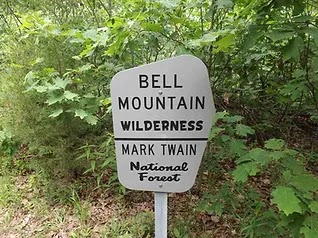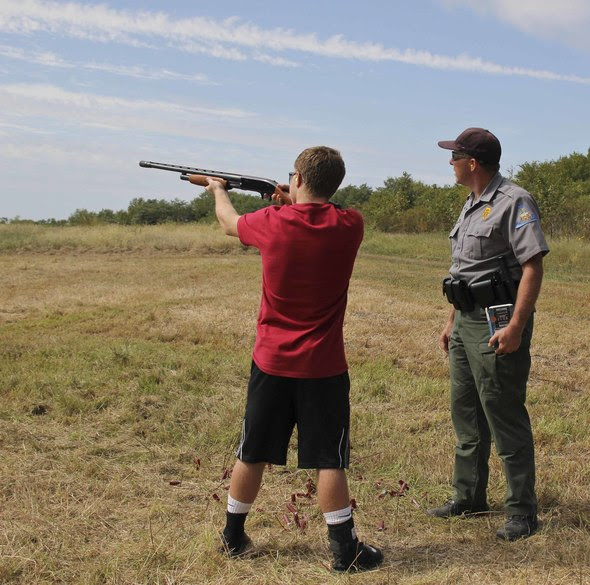 |
| Camping Gear - It's expensive to buy, make it last. |
Maintaining and organizing your outdoor gear is crucial for ensuring it remains functional and ready for your next adventure. Whether you’re into camping, hiking, or fishing, proper care and organization of your equipment can prolong its lifespan and enhance your outdoor experience. Here are ten essential tips to help you keep your outdoor gear in top condition and well-organized.
1. Clean Your Gear After Each Use
- Tents: Shake out debris, wipe down the interior, and ensure it’s completely dry before storage to prevent mold and mildew.
- Sleeping Bags: Follow the manufacturer’s instructions for cleaning. Usually, a gentle wash and thorough drying are recommended.
Hiking Gear:
- Backpacks: Empty and shake out any dirt or crumbs. Spot clean stains and air out the backpack to remove odors.
- Rods and Reels: Rinse with fresh water to remove dirt and salt, especially if used in saltwater. Lubricate moving parts as recommended.
2. Store Gear in a Cool, Dry Place
Camping Gear:
- Avoid storing tents, sleeping bags, and other camping items in damp basements or hot attics. A climate-controlled environment is ideal.
Hiking Gear:
- Keep backpacks and hiking boots in a dry area to prevent mold and deterioration.
Fishing Gear:
- Store rods vertically in a cool, dry place to avoid warping. Keep tackle boxes and other equipment out of direct sunlight.
3. Use Proper Storage Solutions
Camping Gear:
- Use storage bins and labeled containers for small items like cooking utensils, lanterns, and first aid kits.
Hiking Gear:
- Install hooks or shelves in your storage area to hang or organize backpacks, hats, and walking sticks.
Fishing Gear:
- Invest in a tackle box with compartments for lures, hooks, and lines. Consider a rod rack to keep fishing rods organized and safe.
4. Regularly Inspect Your Equipment
Camping Gear:
- Check tents for tears or holes and repair them promptly. Inspect sleeping bags for wear and tear.
Hiking Gear:
- Examine backpacks for broken zippers or straps and fix them. Ensure hiking boots are free from significant damage and still provide good support.
Fishing Gear:
- Look for frayed fishing lines and replace them. Inspect rod guides and reels for damage and wear.
5. Follow Manufacturer’s Maintenance Guidelines
Camping Gear:
- Adhere to the cleaning and maintenance instructions provided by the manufacturers for tents, stoves, and sleeping bags.
Hiking Gear:
- Follow care instructions for technical fabrics used in backpacks and clothing to maintain their functionality.
Fishing Gear:
- Regularly service your reels and follow the maintenance procedures recommended by the manufacturer.
6. Dry Everything Thoroughly
Camping Gear:
- After washing or exposure to rain, ensure all camping gear, especially tents and sleeping bags, is thoroughly dried to prevent mildew.
Hiking Gear:
- Dry boots and backpacks completely after hikes, especially if they got wet.
Fishing Gear:
- Make sure rods, reels, and other equipment are dry before storing them to avoid rust and corrosion.
7. Organize by Activity
Camping Gear:
- Keep all your camping gear in one designated area. Use clear bins to store items and label each bin by its contents (e.g., cooking gear, sleeping gear).
Hiking Gear:
- Allocate a specific spot for all hiking equipment, making it easy to grab what you need quickly.
Fishing Gear:
- Store fishing gear separately from other outdoor equipment to keep everything easily accessible and organized.
8. Use Silica Gel Packs
Camping Gear:
- Place silica gel packs in storage bins to absorb moisture and prevent mold growth.
Hiking Gear:
- Add silica gel packs to your backpack storage area to keep items dry and free from dampness.
Fishing Gear:
- Put silica gel packs in tackle boxes and rod storage areas to protect against moisture damage.
9. Create a Checklist
Camping Gear:
- Develop a comprehensive checklist for your camping gear. Regularly review and update it to ensure you have everything you need and that it’s in working order.
Hiking Gear:
- Maintain a checklist for hiking trips, including essentials like water bottles, maps, first aid kits, and multi-tools.
Fishing Gear:
- Have a checklist for your fishing gear to ensure you don’t forget crucial items like bait, tackle, and safety gear.
10. Educate Yourself on Proper Use and Care
Camping Gear:
- Stay informed about the best practices for using and maintaining your camping gear. Attend workshops or watch tutorials if necessary.
Hiking Gear:
- Learn about the latest gear innovations and proper care techniques to extend the life of your hiking equipment.
Fishing Gear:
- Understand the proper usage and care for your fishing gear by reading manuals, watching videos, and seeking advice from experienced anglers.
Conclusion
Keeping your outdoor gear in excellent condition and well-organized doesn’t have to be a daunting task. By following these ten tips, you’ll ensure that your camping, hiking, and fishing equipment remains functional and ready for your next adventure. Proper care and organization not only extend the life of your gear but also enhance your overall outdoor experience, allowing you to focus on enjoying nature with confidence. Happy adventuring!










